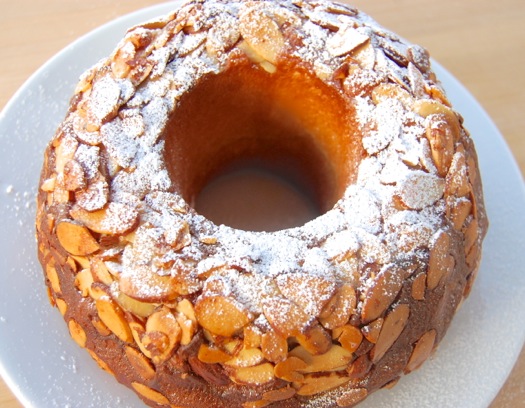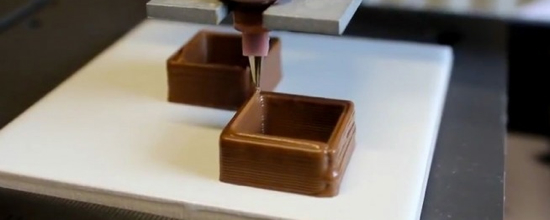Making Kugelhopf

Eating kugelhopf is a little like traveling in time. You’re reminded of what “cake” was like before it became the ultra-rich, ultra-sweet, ultra-moist sort of device that it is now. I’m not complaining about modern cake, mind you. I’m just saying that “cake” as it was defined a few hundred years ago is a beautiful thing. I served this as the closer for Mrs. Pastry’s birthday party the other night, complete with candles, and it was a hit. A sweet white dessert wine positively makes this, as it blends elegantly with the toasty-sweet crust, tender buttery interior and tangy rum-soaked raisins. Talk about a grownup cake, I want one for my birthday!
READ ON

